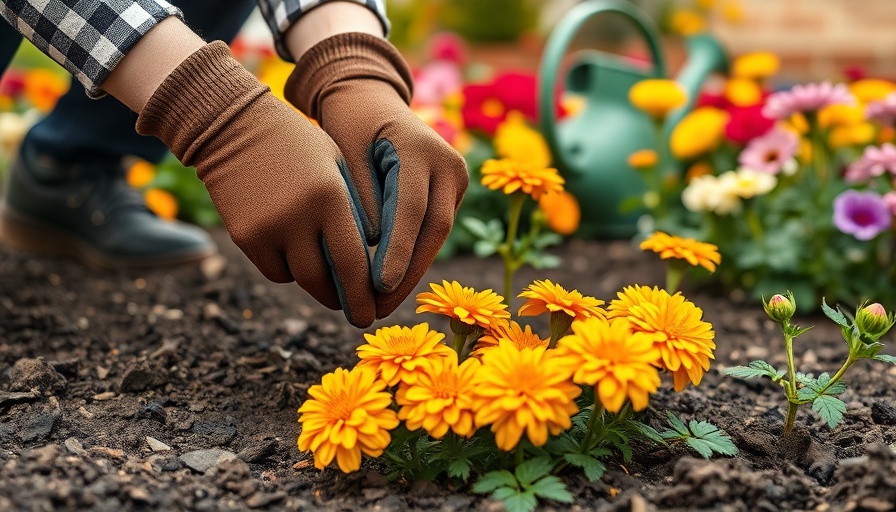
Prepare for Planting: Timing is Everything
As the cold grip of winter relaxes, the garden awaits your tender care. The Old Farmer's Almanac has provided a detailed map revealing the best times to start planting your spring garden in 2025. This vital information can significantly differ based on your geographical area and its unique climate patterns, making this guide essential for gardeners eager to cultivate flourishing blooms and bountiful vegetables.
Understanding Your Region's Conditions
In their annual guide, The Old Farmer's Almanac outlines specific timelines for different regions: Southern Mainland U.S. can typically commence work between March and May, while areas further north are advised to wait until April to June before breaking the soil. Meanwhile, gardeners in Southern Canada should mark their calendars for a start date between May and June. These dates follow historically established averages, but this year predicts a slightly earlier onset of favorable conditions for many locations.
Soil Moisture: The Key to Successful Planting
Gardening success hinges on optimal soil moisture. As highlighted, soil that is either too wet or too dry can sabotage your efforts. Wet soil can lead to seed rot; a quick test involves digging a 6-inch hole and examining if the dirt retains its shape. If it does, then wait a bit longer. Conversely, if your region is experiencing a dry start, make irrigation plans in advance, favoring plants that thrive on less water, such as lavender, beans, and sunflowers. Utilizing organic materials like mulch not only helps retain moisture but also enriches the soil.
Climate Adaptation: Master Yours
Awareness of temperature fluctuations is crucial. A colder start delays planting, but options exist for warming the soil—like using cold frames that create a protective environment for your young plants. Conversely, gardeners also need to be wary of the hot start; while heat can hasten growth, excessive temperatures can stress plant development. Employing heat-tolerant seeds and shade cloth can shield young failures from scorching rays. Adaptation and foresight are fundamental in successful gardening, accounting for the local climate's unique tendencies.
Tracking the Weather: Frost Dates and More
Understanding frost dates is equally important. A frost can devastate tender seedlings, leading gardeners to rely on a frost map. This map provides 30-year averages to guide planting, yet it's crucial to recognize these averages may not precisely reflect the current year's conditions. Keeping a garden journal as mentioned in The Old Farmer's Almanac can help track personal observations and improve your planting decisions over time.
Common Pitfalls to Avoid When Planting
Many novice gardeners are tempted to get a head start. However, premature planting in wet soil not only obstructs growth but can compact the earth, at times creating a barrier to nutrient reach. Conversely, if the soil is too cold, root systems can suffer irreversible damage. The message is clear: observation and patience will agree to yield greater satisfaction with your gardening experience.
Choosing the Right Plants: A Climate Strategy
When selecting species to cultivate, alignment with local conditions is essential. Different plants have varying tolerances to heat and drought. Popular drought-resistant choices range widely, including herbs like thyme or rosemary as well as resilient flowers like coneflowers and sedums. These varieties not only survive better but also contribute to sustainable gardening practices.
Final Thoughts on Your Gardening Journey
As we gear up for the planting season, take advantage of the rich resources available that can aid in perfecting your garden. The Old Farmer’s Almanac, along with digital tools and local gardening communities, all provide valuable support. Dive into the remarkable process of nurturing your plants this season, and in turn, enrich both your garden and your spirit.
#gardening, #planting, #springgarden, #soilmoisture, #climateadaptation
 Add Row
Add Row  Add
Add 




Write A Comment